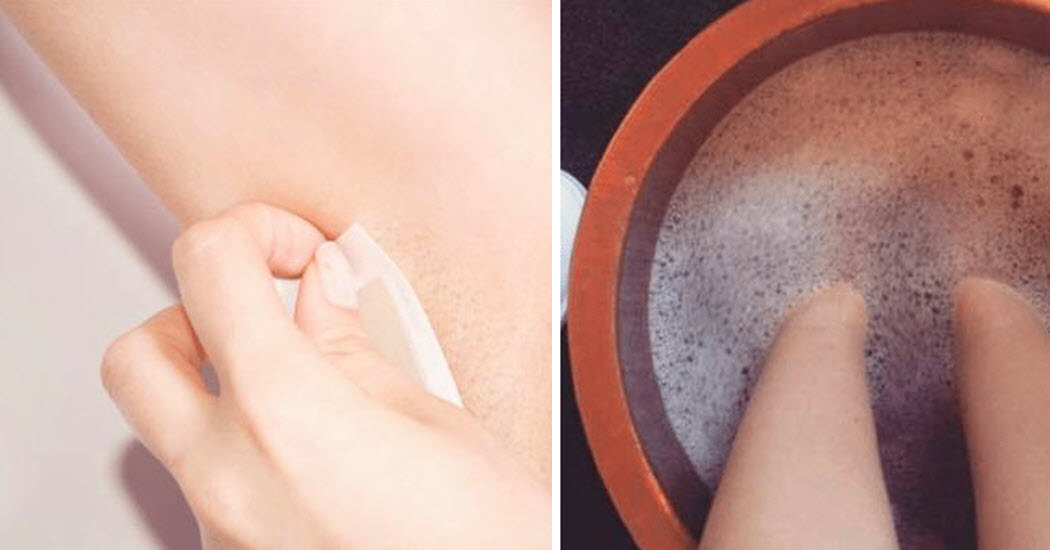There is something that most of us have tucked away in our medicine cabinet. We may use it on occasion for the purpose that is printed on the bottle or we may just have it on hand, just in case of a bad breath emergency. Talking about Listerine, one of the most popular types of antiseptic mouthwash on the market. This popular liquid has been helping people to have good breath for many years but it might surprise you to learn that there is more to the history and more to what can be done with this amazing liquid.
Listerine is an antiseptic mouthwash that operates under the slogan: “Kills germs that cause bad breath.” Most of us see it on the shelves of the stores frequently and we may even have some in our home but we might not be aware of what it can do. Listerine was developed way back in 1879 by a chemist named Joseph Lawrence. He didn’t develop it to be an antiseptic mouthwash but rather, it was named after Joseph Lister, who was a pioneer in the field of antiseptic surgery. It was originally developed as a surgical antiseptic and a general germicide. When it wasn’t successfully marketed for those reasons, it was sold for a number of other purposes, including for cleaning floors and curing gonorrhea.
It wasn’t until the 1920s that it eventually gained a foothold in many homes, being promoted as a way to treat chronic halitosis (bad breath). At that point, it became quite successful. More than likely, you use Listerine for treating bad breath and for oral health as well. Don’t overlook the other possible options, including these 15 different ways that Listerine can be used at home.
1. Toenail fungus

Soaking the infected toes in a bathtub of Listerine can help. Mix Listerine with warm water and soak for up to 30 minutes.
2. Cleaning the toilet

You can both deodorize and sanitize the toilet with a little bit of Listerine.
3. Curing an itch

Listerine may just help to clear up itchy skin quickly. It can be used for a variety of reasons from poison ivy to mosquito bites. Simply put a little on the area full strength.
4. Underarm deodorant

A little Listerine rubbed in the armpit can help to stop the smell quickly. It is a great emergency option.
5. Treat dandruff

Massaging Listerine into the scalp may help to remove dandruff. After massaging it into the scalp, wrapped a towel around your head for a few minutes and then rinse your hair.
6. Say Goodbye to Fleas

Listerine is a much less expensive alternative to flea sprays and dips. Mix some in with your dog shampoo and give them a bath.
7. Clean Your Face

The antiseptic properties of Listerine make it ideal for cleaning the face and fighting acne.
8. Clean your toothbrush

You use Listerine to gargle, why not use it to clean your toothbrush?
9. Electronic Screens

You can clean the screens with a little Listerine spray. It helps to keep them clean and disinfected, which is very important.
10. Goodbye Smelly Trash

Soak a paper towel in Listerine and throw it in the trash can. It will mask the garbage smell until you can throw the bag away.
11. Treat Head Lice

Don’t panic if you have lice. Soak your hair in Listerine, cover it with a shower cap and wash your hair after a couple of hours.
12. Get Rid of Ticks

Soak a paper towel in Listerine and put it over the surface of the skin where the tick has attached itself. It should back out in a few seconds.
13. Bruising

Bruises are temporary but they can be healed faster by applying some Listerine on the bruise with a paper towel or cotton ball. It promotes blood flow and quickly eliminates the bruise.
14. Blisters

Put some Listerine on a blister to keep an infection from setting in.
15. Toothaches

Put some Listerine full strength in the area of the sore tooth. It will numb it and help you to deal with the issue until you can have it corrected.

